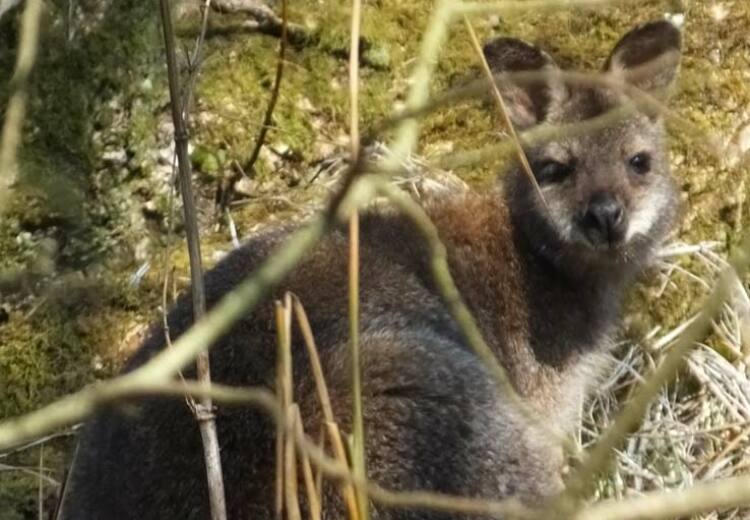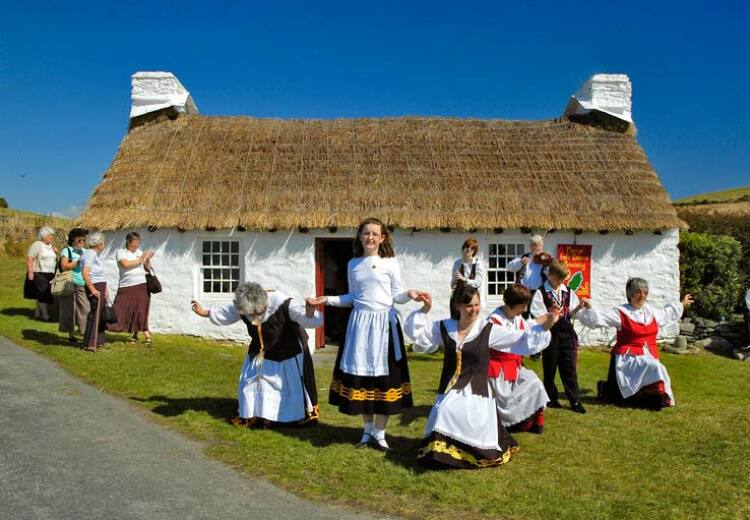THE word “queenie” is of Manx origin. Everyone else in the world calls them queen scallops but in the Isle of Man we call them queenies. However, the name is definitely catching on elsewhere, including in the media.
Queenies feed on plankton and live on the bottom of the sea. The Irish Sea, which is relatively shallow, is full of them and Isle of Man fishermen can catch queenies all year round but especially in the summer months.
However, it’s also recognised within the industry that there some periods when queenies are not fished, particularly when king scallops can be landed. King scallops can only be landed between November 1st and May 31st.
Landings of queenies into the Isle of Man have declined from a high in the early 70s but have remained approximately level for the last decade.
Landings of king scallops have fluctuated quite dramatically from a low of 500 tonnes in 1972 to over 2000 tonnes in 1985. Currently, landings are around 1000 tonnes per year.
Due to the vagaries of landings over the years, Manx fishermen have worked on technical conservation regulations, in order to ensure that stocks of the queenie have remained robust.
These have included restrictions on fishing times, closed seasons and limitations on the number of dredges permitted. The Island also has two conservation areas in Manx waters; one has been in place since 1989 and the other was created in 2008; these areas are closed to mobile fishing.
These conservation areas are supported by the fishing industry; the fishermen themselves started the initiative to create the Douglas closed area. Data analysis appears to support the viability of these areas, which helps ensure that the Manx queenie can be fished sustainably.








